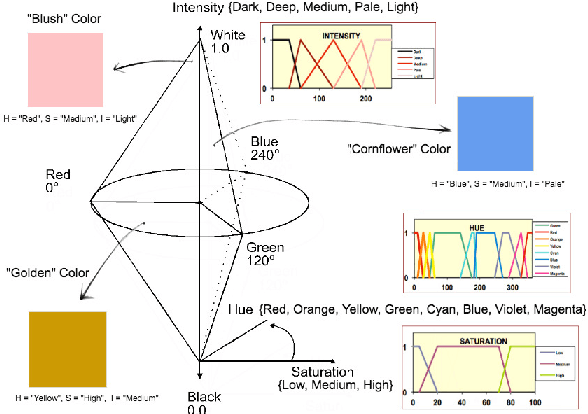Assylzhan Izbassar
Image-Based Dietary Assessment: A Healthy Eating Plate Estimation System
Mar 02, 2024Abstract:The nutritional quality of diets has significantly deteriorated over the past two to three decades, a decline often underestimated by the people. This deterioration, coupled with a hectic lifestyle, has contributed to escalating health concerns. Recognizing this issue, researchers at Harvard have advocated for a balanced nutritional plate model to promote health. Inspired by this research, our paper introduces an innovative Image-Based Dietary Assessment system aimed at evaluating the healthiness of meals through image analysis. Our system employs advanced image segmentation and classification techniques to analyze food items on a plate, assess their proportions, and calculate meal adherence to Harvard's healthy eating recommendations. This approach leverages machine learning and nutritional science to empower individuals with actionable insights for healthier eating choices. Our four-step framework involves segmenting the image, classifying the items, conducting a nutritional assessment based on the Harvard Healthy Eating Plate research, and offering tailored recommendations. The prototype system has shown promising results in promoting healthier eating habits by providing an accessible, evidence-based tool for dietary assessment.
Towards a Universal Understanding of Color Harmony: Fuzzy Approach
Oct 01, 2023



Abstract:Harmony level prediction is receiving increasing attention nowadays. Color plays a crucial role in affecting human aesthetic responses. In this paper, we explore color harmony using a fuzzy-based color model and address the question of its universality. For our experiments, we utilize a dataset containing attractive images from five different domains: fashion, art, nature, interior design, and brand logos. We aim to identify harmony patterns and dominant color palettes within these images using a fuzzy approach. It is well-suited for this task because it can handle the inherent subjectivity and contextual variability associated with aesthetics and color harmony evaluation. Our experimental results suggest that color harmony is largely universal. Additionally, our findings reveal that color harmony is not solely influenced by hue relationships on the color wheel but also by the saturation and intensity of colors. In palettes with high harmony levels, we observed a prevalent adherence to color wheel principles while maintaining moderate levels of saturation and intensity. These findings contribute to ongoing research on color harmony and its underlying principles, offering valuable insights for designers, artists, and researchers in the field of aesthetics.
 Add to Chrome
Add to Chrome Add to Firefox
Add to Firefox Add to Edge
Add to Edge